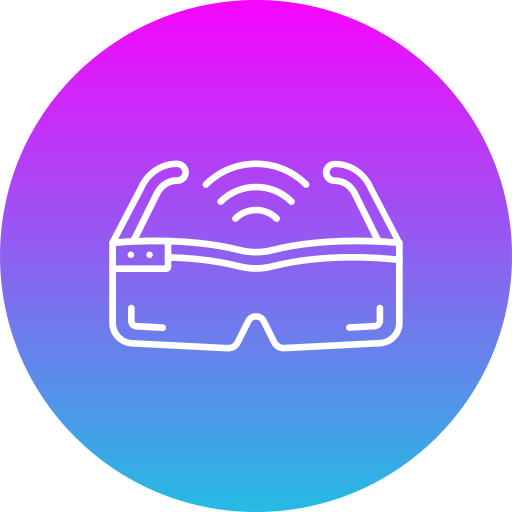C++ Powered VR/AR Solutions
C++ plays a significant role in the development of Augmented Reality (AR) and Virtual Reality (VR) technologies.
Performance Optimization
AR and VR applications demand high performance to render immersive 3D graphics and handle real-time user interactions without noticeable latency. C++ allows developers to optimize memory usage and processing power, crucial for maintaining the high frame rates and responsiveness required in AR/VR experiences.
Graphics Rendering
AR and VR applications is complex 3D graphics rendering. C++ is often used alongside graphics APIs such as OpenGL, DirectX, and Vulkan to develop rendering engines that can efficiently handle the intensive computational demands of real-time 3D graphics. C++'s ability to work closely with hardware accelerates graphics processing, ensuring a seamless user experience.
Device Integration
AR and VR systems often involve integrating with a variety of hardware devices, including head-mounted displays (HMDs), motion capture systems, haptic feedback devices, and sensors. C++ is used to develop the low-level software required for direct communication with these devices, handling input and output data streams for tracking movements, gestures, and environmental interactions in real-time.
Real-Time Processing
AR applications, in particular, require real-time processing of video streams for overlaying digital information onto the physical world. C++ is utilized to develop efficient algorithms for image recognition, object tracking, and spatial mapping, enabling the instant rendering of AR content based on user environment and interactions.


